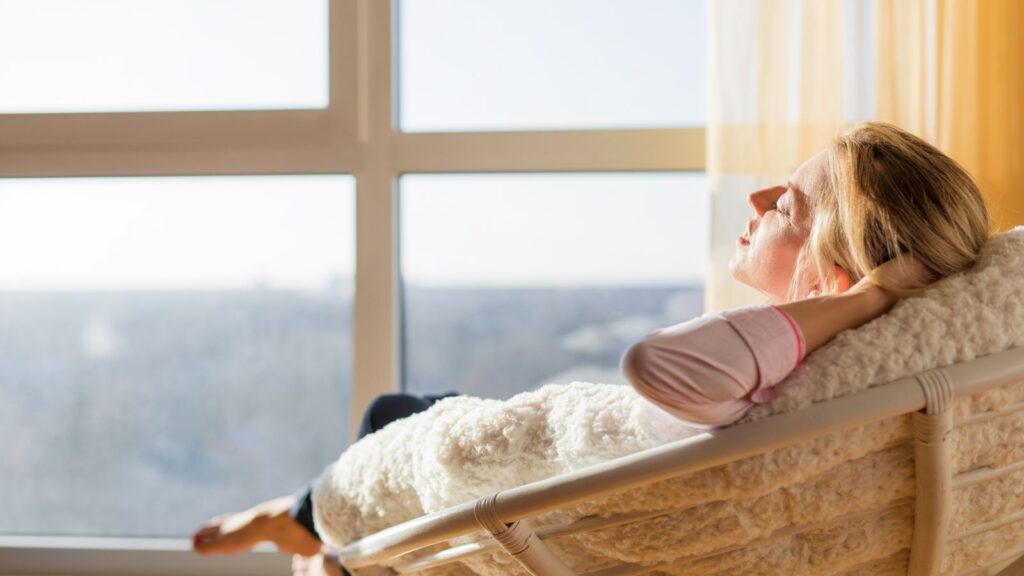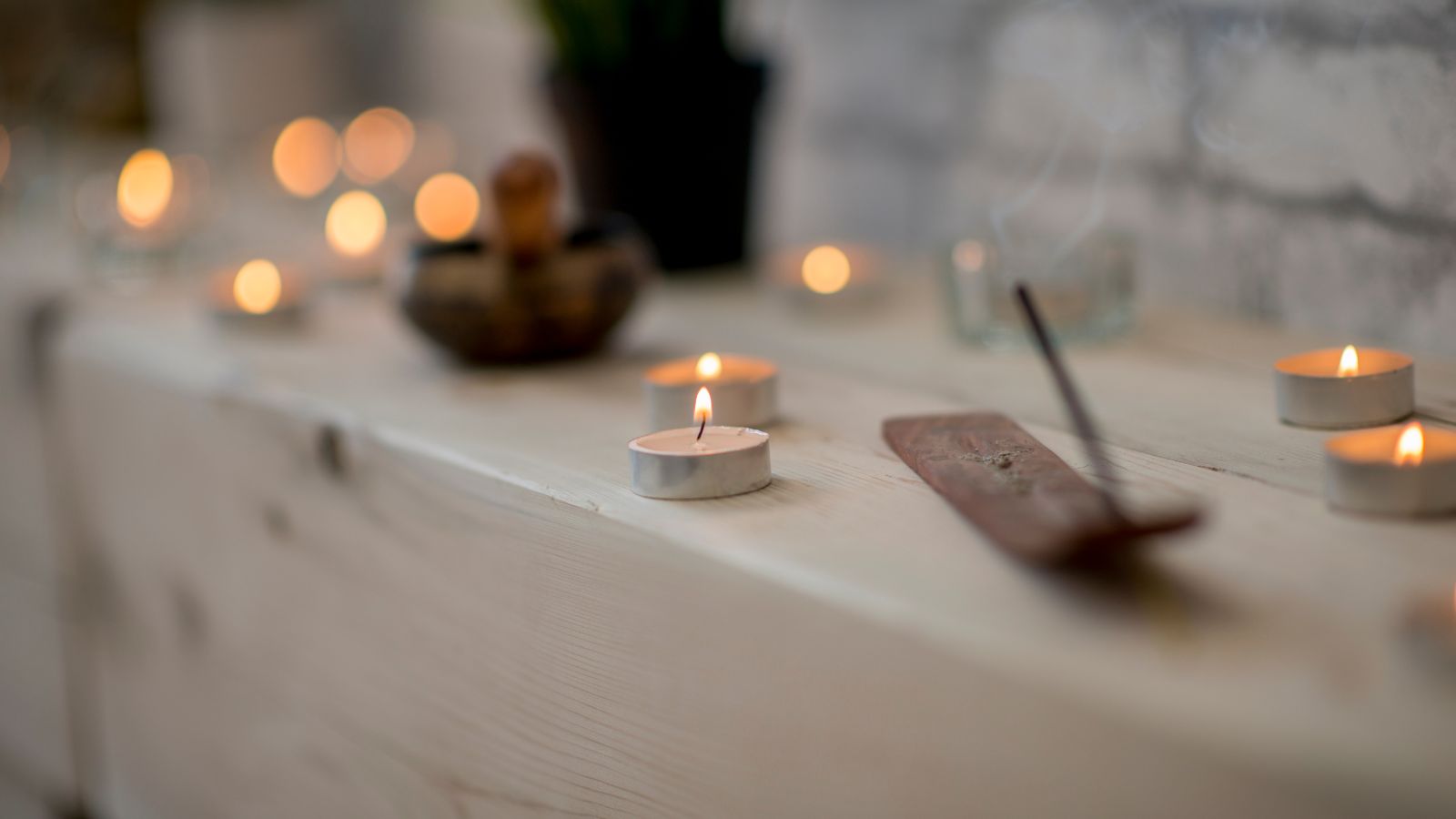A cluttered home can quietly chip away at your energy. Stuff piles up. Surfaces disappear. And before you know it, the space you hoped would bring calm starts whispering chaos.
For those drawn to a cleaner, quieter lifestyle, minimalist homeownership is more than a design aesthetic—it’s a practical approach to living with less stress. It’s about making intentional choices that support mental clarity, free time, and yes, easier mornings. But here’s the thing: not every house is built to support that kind of life. Some spaces fight minimalism, no matter how many bins or labels you bring in.
So, what should you actually look for when you’re ready to buy a home that feels like peace instead of a project?
Contents
Table of Contents
ToggleSkip the Square Footage—Focus on Flow
There’s a common belief that more space equals more comfort. But for minimalists, that’s not always true.
Too many rooms can mean more upkeep. More surfaces to clutter. More forgotten corners collecting dust and rarely-used decor.
Instead, look for a layout that makes sense. Where rooms feel connected—not just tacked on. Where you can walk from the front door to the kitchen without zigzagging through awkward turns or hallways that dead-end in confusion.
You want a home that feels effortless to move through. Where your daily routine isn’t interrupted by poor planning.
Smart Storage > Big Closets
This is where it gets interesting.
You might think a minimalist lifestyle doesn’t need much storage. But the opposite is often true. A minimalist home needs storage that works well—because it helps keep clutter invisible and daily life simple.
Look for homes with:
- Built-in shelving that blends into the architecture
- Drawers instead of cabinets where items get lost
- Entryway storage that controls coats, shoes, and bags
- Kitchen pantries that keep snacks and supplies out of sight
Hidden storage is golden. It lets your home breathe visually while still handling the necessary mess of everyday life.
Purchase Into Peace, Not Projects
There’s something romantic about buying a fixer-upper—until you’re ankle-deep in tile samples with a toddler and a work deadline looming.
Minimalist homeowners often prioritize peace of mind over creative potential. So unless you’re deeply in love with renovation dust, it’s wise to avoid homes that require major repairs, overhauls, or customization to finally feel right.
Choose homes that are move-in ready, with clean lines and functional finishes. That doesn’t mean they have to be brand new—but they should be livable from day one.
Let the Community Handle the Extras
You want a garden, but not the weeding. A pool, but not the maintenance. Sidewalks that stay clear in winter without your back paying the price.
This is where HOA-covered services can support a minimalist lifestyle. Communities with shared maintenance responsibilities often cover landscaping, snow removal, exterior paint touch-ups, and other tasks that eat up your weekends.
Of course, HOAs come with rules—and sometimes restrictions. It’s worth getting familiar with how they operate, especially if you value quiet consistency in your environment. Here’s a helpful guide on HOA-covered services that can give you a clearer picture of what to expect (and what you’ll never have to rake or repaint).
Say No to Overdesigned Everything
Shiny kitchens. Glass staircases. Patterned tiles that scream “Pinterest made me do it.”
Over-customized homes can be beautiful, but they often age quickly—and they’re harder to maintain. As a minimalist, you’re better off with homes that use timeless materials and neutral finishes. Spaces that disappear into the background of your life, not compete with it.
Think of it this way: the simpler the bones, the more peace you’ll have.
A Few Final Thoughts
Minimalist living isn’t about having less just to prove a point—it’s about living better with what you do choose. And when it comes to buying a home, those choices matter more than most. Prioritize layouts that support daily ease, storage that works without fuss, and communities that help reduce your mental load. Because the right home won’t just look good—it’ll make everything feel lighter.



